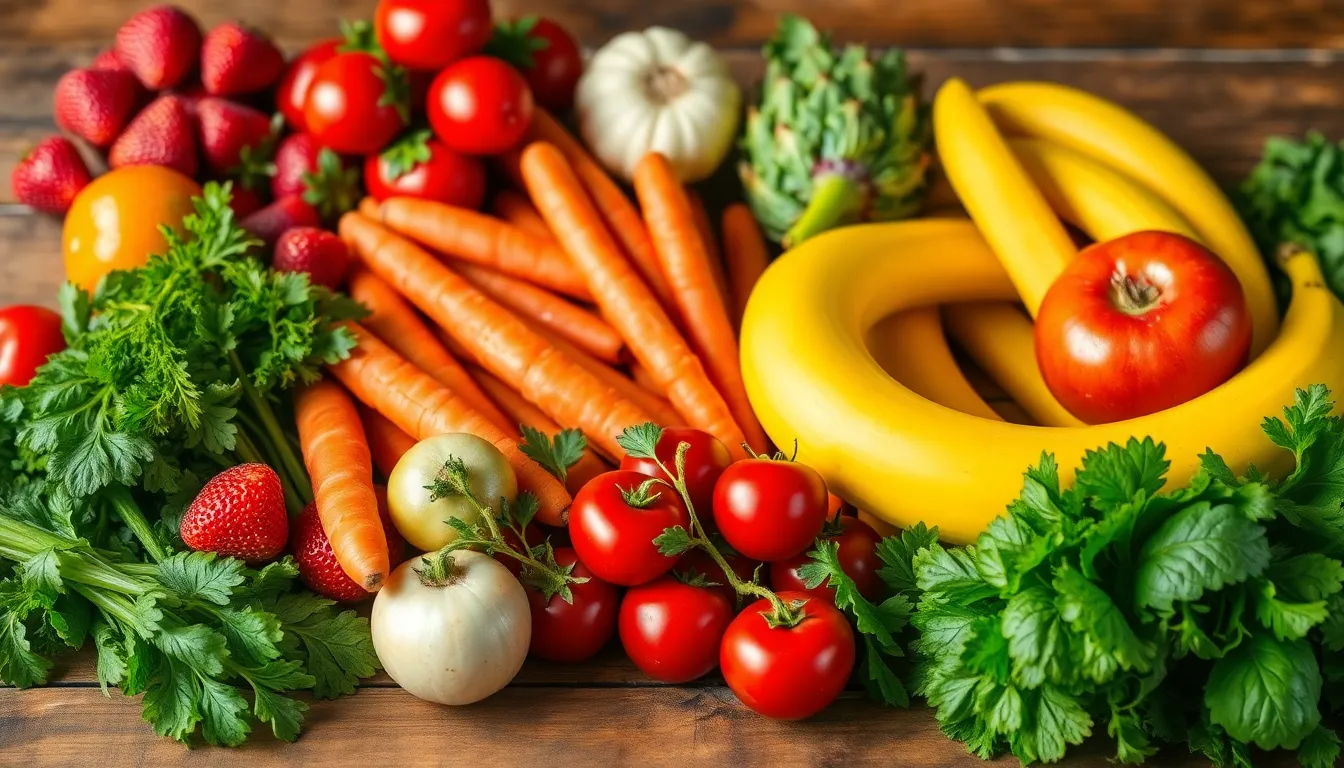Ever found yourself reaching for that snack just because you saw the bag sitting on the counter? Welcome to the fascinating world of cue craving response reward. This psychological phenomenon explains why certain triggers can send us spiraling into a delicious (or not-so-delicious) spiral of cravings. It’s like your brain’s way of saying, “Hey, remember how good that tasted? Let’s do it again!”
Understanding this concept isn’t just for the snack enthusiasts among us; it holds the key to better habits and healthier choices. By recognizing the cues that spark cravings, individuals can take control and rewrite their reward systems. So buckle up as we dive into the science behind cue cravings and discover how to outsmart those sneaky triggers. Who knew psychology could be this tasty?
Table of Contents
ToggleUnderstanding Cue Craving Response Reward
Cue craving response reward illustrates a significant psychological process where specific stimuli trigger the desire for particular rewards, often impacting dietary choices.
Definition of Cue Craving
Cue craving involves the automatic longing for certain foods triggered by specific environmental stimuli. These cues can include sights, sounds, or smells associated with food. For example, seeing a commercial for pizza might evoke a craving for it. Recognizing these cues helps individuals understand their cravings better. Awareness of these triggers allows for improved self-regulation and healthier choices. Understanding cue craving provides insights into how habitual behaviors form and persist.
Role of Response Reward in Behavior
Response reward plays a critical part in reinforcing behaviors associated with craving. When an individual acts on a craving, the positive feelings associated with satisfaction strengthen the desire to repeat that behavior. Essentially, experiencing pleasure after indulging reinforces the connection between the cue and the craving. This cycle creates a habit loop, making it challenging to break free from unhealthy patterns. Over time, the response reward becomes intricately linked with environmental cues, further embedding cravings in daily life. Understanding this relationship is vital for modifying behaviors toward healthier habits.
The Science Behind Cue Craving

Cue craving, the automatic longing for specific foods, forms a crucial part of understanding human behavior. Various biological and environmental factors contribute to this complex interaction.
Neurotransmitters Involved
Dopamine acts as a primary neurotransmitter in the cue craving response. It releases when an individual anticipates a reward, heightening the desire for specific foods. Serotonin also plays a role, influencing mood and appetite regulation. Its impact on cravings becomes evident when individuals experience fluctuations in serotonin levels. Endorphins contribute to the reward feeling following food consumption, reinforcing the craving loop. The interplay of these neurotransmitters creates a feedback mechanism that strengthens the craving response to environmental cues, fostering habitual behaviors.
Brain Regions Affected
The nucleus accumbens serves as a critical brain region engaged in processing rewards. In response to food cues, this area activates, signaling the brain’s expectation of pleasure. The amygdala is involved in emotional responses tied to food and cravings. It connects memories associated with specific triggers, enhancing craving intensity. Additionally, the prefrontal cortex plays a role in decision-making and impulse control. Its function can determine whether cravings lead to indulgence or restraint. Together, these brain regions create a network that amplifies cue cravings, making awareness of triggers essential for behavioral change.
Factors Influencing Cue Craving
Multiple factors influence cue craving, shaping how individuals respond to stimuli and prompting cravings. Understanding these influences aids in managing and modifying behaviors.
Environmental Triggers
Environmental triggers significantly impact cue cravings. Visual cues, such as food advertisements or displays in grocery stores, spark immediate desire. The aroma of baked goods wafting from a bakery can evoke strong cravings. Sounds, like the crunch of chips, also stimulate appetite and cravings. Moreover, context plays a vital role; a specific setting may trigger memories linked to food consumption. Brightly colored packaging or food-related imagery continuously reinforce these cues. Identifying these environmental factors helps individuals navigate cravings effectively.
Emotional States
Emotional states greatly affect cue cravings. Stress often triggers cravings for comfort foods, as individuals seek solace in familiar flavors. Anxiety may drive the desire to consume high-sugar or high-fat options, providing temporary relief. Happiness and celebration can also enhance cravings, with people often indulging in special treats during joyous occasions. Sadness frequently leads to emotional eating, creating a cycle of reliance on food for comfort. Recognizing these emotional connections allows individuals to address cravings more effectively by finding alternative coping strategies.
Strategies to Manage Cue Craving
Managing cue cravings involves specific techniques that address triggers effectively. Recognizing these strategies empowers individuals to alter their responses to cravings.
Mindfulness Techniques
Practicing mindfulness enhances awareness of cravings and emotions. Deep breathing exercises can ground individuals in the present moment, reducing automatic responses to cues. Journaling about food experiences helps identify specific triggers. Engaging in mindful eating encourages savoring each bite and appreciating the sensory experience, fostering healthier choices. Meditation promotes mental clarity, enabling individuals to detach from cravings rather than react impulsively.
Behavioral Interventions
Implementing behavioral interventions supports the modification of craving responses. Substituting unhealthy snacks with nutritious alternatives can satisfy cravings without guilt. Gradually reducing exposure to environmental triggers, such as avoiding aisles filled with tempting snacks, decreases cravings over time. Establishing structured eating schedules promotes regular meal patterns, diminishing spontaneous cravings. Utilizing support systems, such as joining health-focused groups, provides accountability and encouragement during cravings.
Understanding cue craving response reward is vital for anyone looking to improve their eating habits. By recognizing the triggers that lead to cravings individuals can take proactive steps to modify their behavior. This awareness not only aids in breaking unhealthy patterns but also empowers people to make more informed choices about their diets.
Implementing strategies like mindfulness and behavioral interventions can significantly enhance one’s ability to manage cravings. Ultimately the journey towards healthier eating is about awareness and making conscious decisions that align with personal goals. With the right tools and insights individuals can navigate their cravings and foster a more balanced relationship with food.





